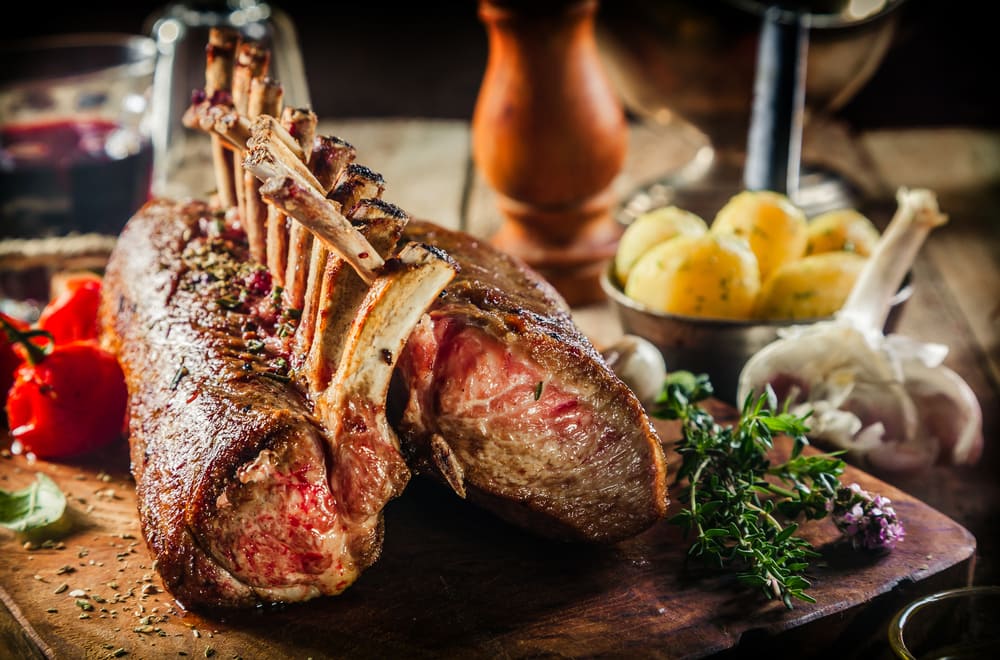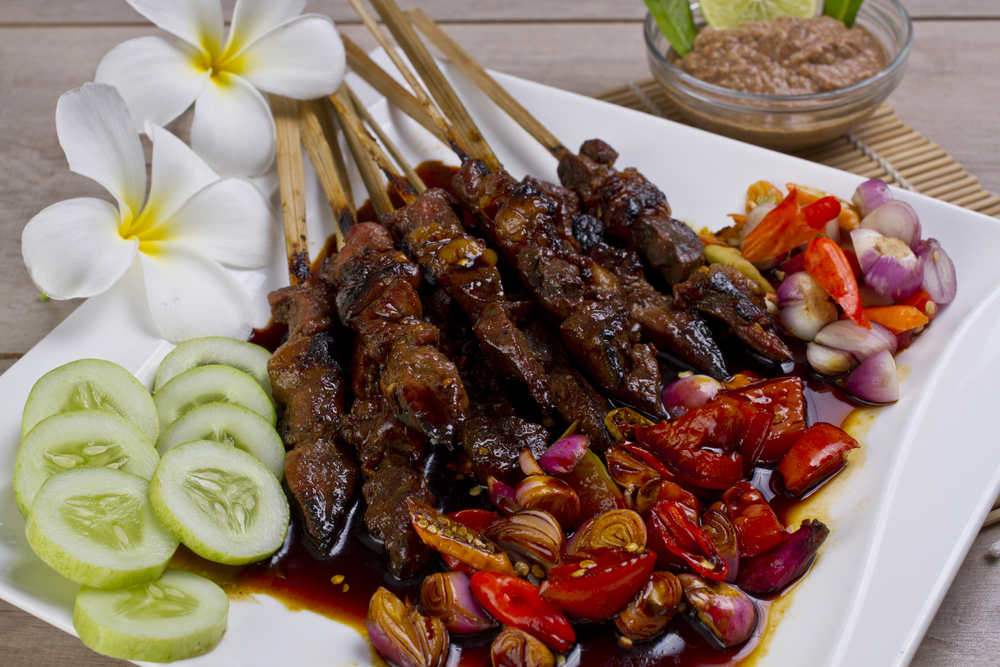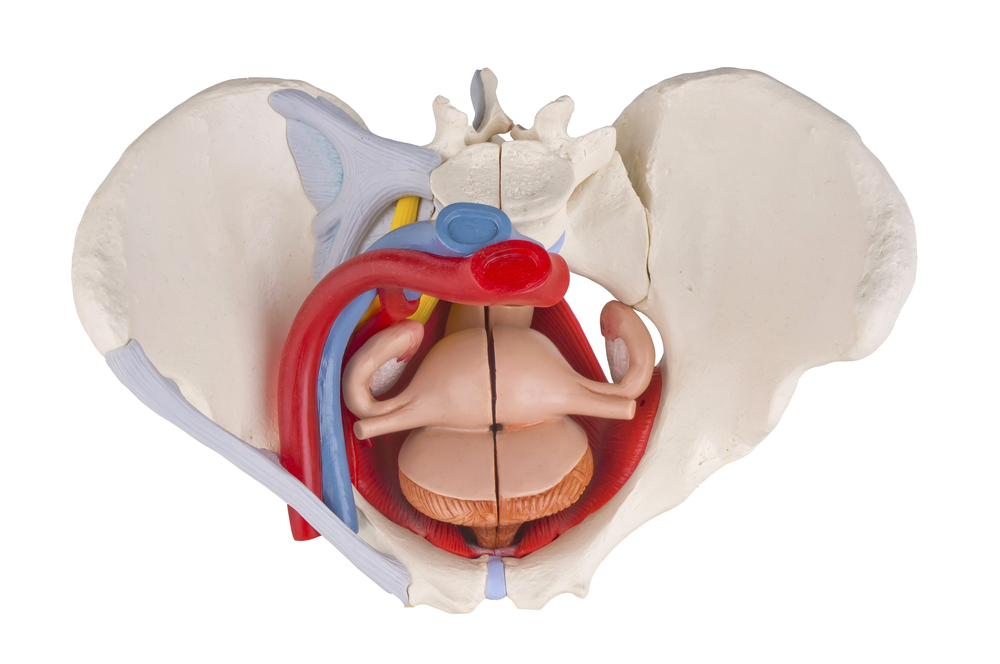Contents:
- Medical Video: Healthy red meats
- Nutritional content of lamb and mutton
- Lamb in Indonesia vs imported lamb
- Does this mean mutton is not healthy?
Medical Video: Healthy red meats
For the people of Indonesia, goat satay is more popular as a food menu than satay from lamb. Maybe you almost never hear lamb satay. However, lamb is usually common if you order kebabs or lamb chop in the restaurant. Sometimes you can't tell the difference, is this mutton or lamb? Then, is there a difference between the two meats? Which is healthier?
Nutritional content of lamb and mutton
Lamb may not be as popular as goat meat in Indonesia. In fact, according to the Nutrition Directorate of the Indonesian Ministry of Health, lamb meat has better nutritional value than goat meat per 100 grams.
In every 100 grams of lamb there are 206 calories, 17.1 grams of protein, and 14.8 grams of fat. There are also 10 mg of calcium, 191 mg of phosphorus, 2.6 mg of iron, 0.15 mg of vitamin B1, and 66.3 grams of water.
Lamb meat is more rich in protein, phosphorus, iron, and vitamin B1 than goat meat. Although higher in calories and fat, lamb (nonfat) can be a source of protein for those who run a low-fat diet.
If all of the fat seen in lamb is removed, the average fat remaining is 3.7% raw and 6% if cooked.
Lamb in Indonesia vs imported lamb
Many local lambs come from Java, such as Garut, Wonosobo, and Banjarnegara. Lamb farming can also be found in Sulawesi and Nusa Tenggara. Meanwhile, imported lamb sold in Indonesia usually comes from Australia.
According to Meat & Livestock Australia (MLA), Australia is one of the best exporters of lamb meat in the world. Besides being suitable for raising sheep, various researches and technological developments related to livestock production continue to be carried out in this country.
Australian lamb meat is halal certified. In addition, the standardization of the safety and health of Australian lamb meat is guaranteed by AUSMEAT. All livestock are free of diseases such as anthrax and mouth and foot disease.
Australia also sets a tracking system for its sheep. From birth, Australian sheep are installed chip in his right ear. Thus, livestock health can be controlled more tightly. Farmers can immediately take action if the sheep is sick.
Lamb has a softer texture and the smell is not so stinging compared to mutton. Usually processed into lamb chop, lamb shank, or kebab. However, lamb can also replace mutton in traditional dishes such as soup, curry, tongseng, and satay.
Does this mean mutton is not healthy?
The assumption that goat meat contains high cholesterol is already in the minds of the community. In fact, according to the nutritional content of the United States Department of Agriculture or USDA, goat meat has lower calorie, total fat, saturated fat, protein and cholesterol content than chicken, beef, pork, and lamb.
Per 85 grams of cooked meat, it only has 122 calories, while chicken 162 calories, 179 calories calories, pork 180 calories, and lamb 175 calories. In terms of fat, this type of meat has the least content. Per 85 grams of dish, goat meat has 2.6 grams of fat, chicken is 6.3 grams, beef is 7.9 grams, pork is 8.2 grams, and lamb is 8.1 grams.
The cholesterol content of goat meat is also the lowest, which is 63.8 milligrams per 85 gram serving. This is lower than chickens which have a cholesterol content of 76 milligrams, cattle and pigs of 73.1 milligrams, and sheep as much as 78.2 milligrams.
Even though the calorie count and fat content of goat meat are relatively low, that doesn't mean you don't have the rules for consuming it. Eating too much goat meat can certainly be bad for your health.













